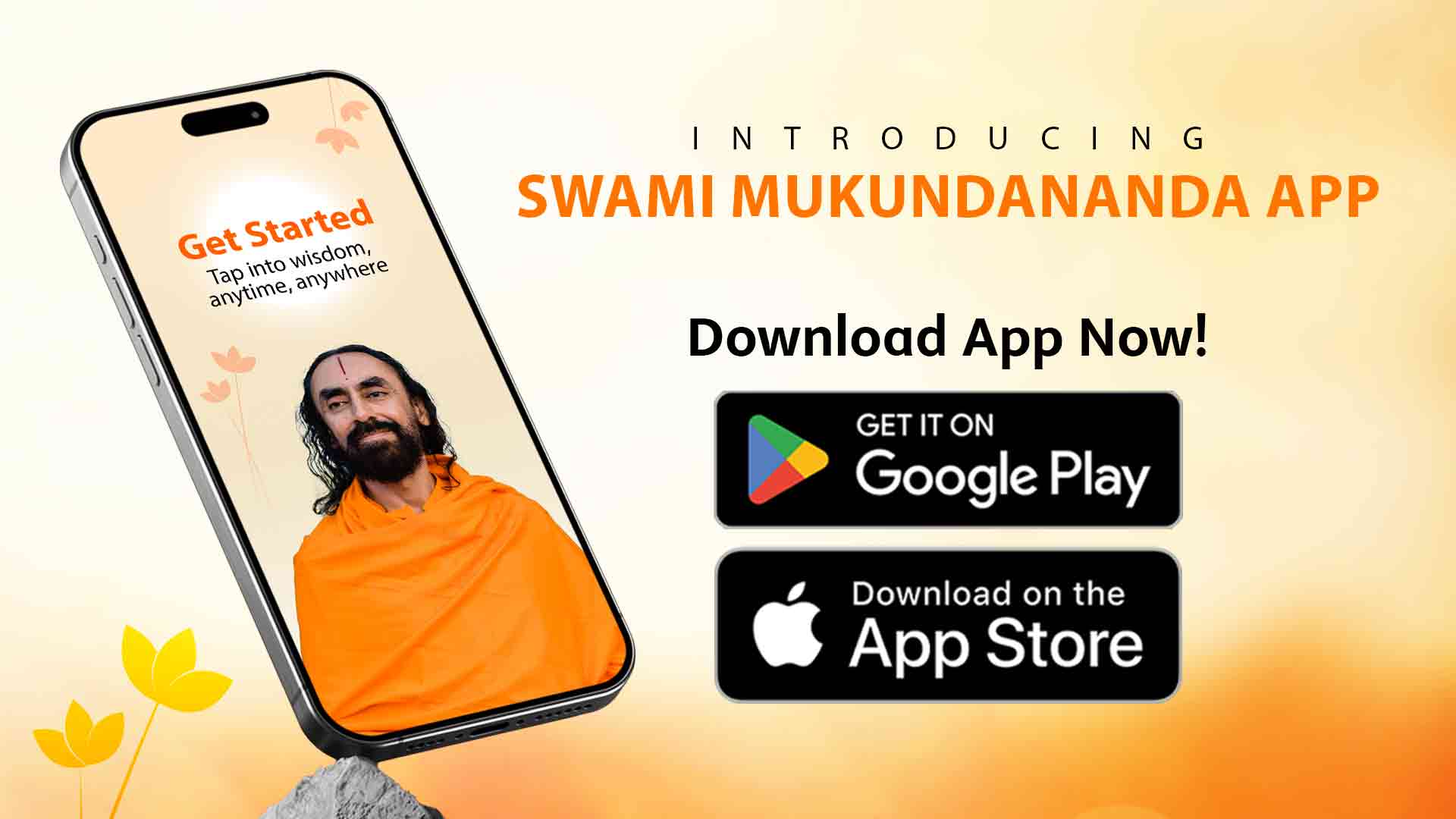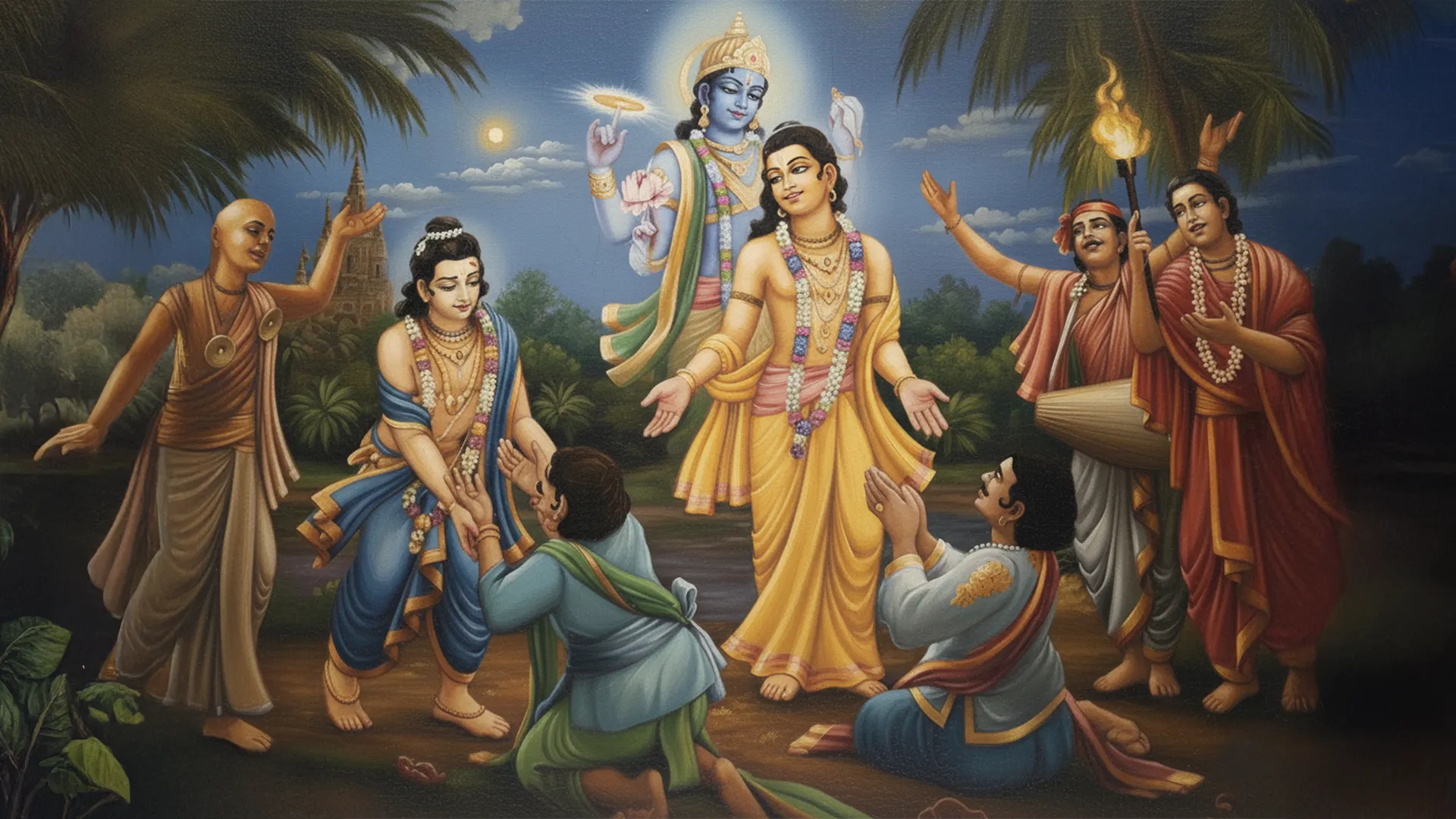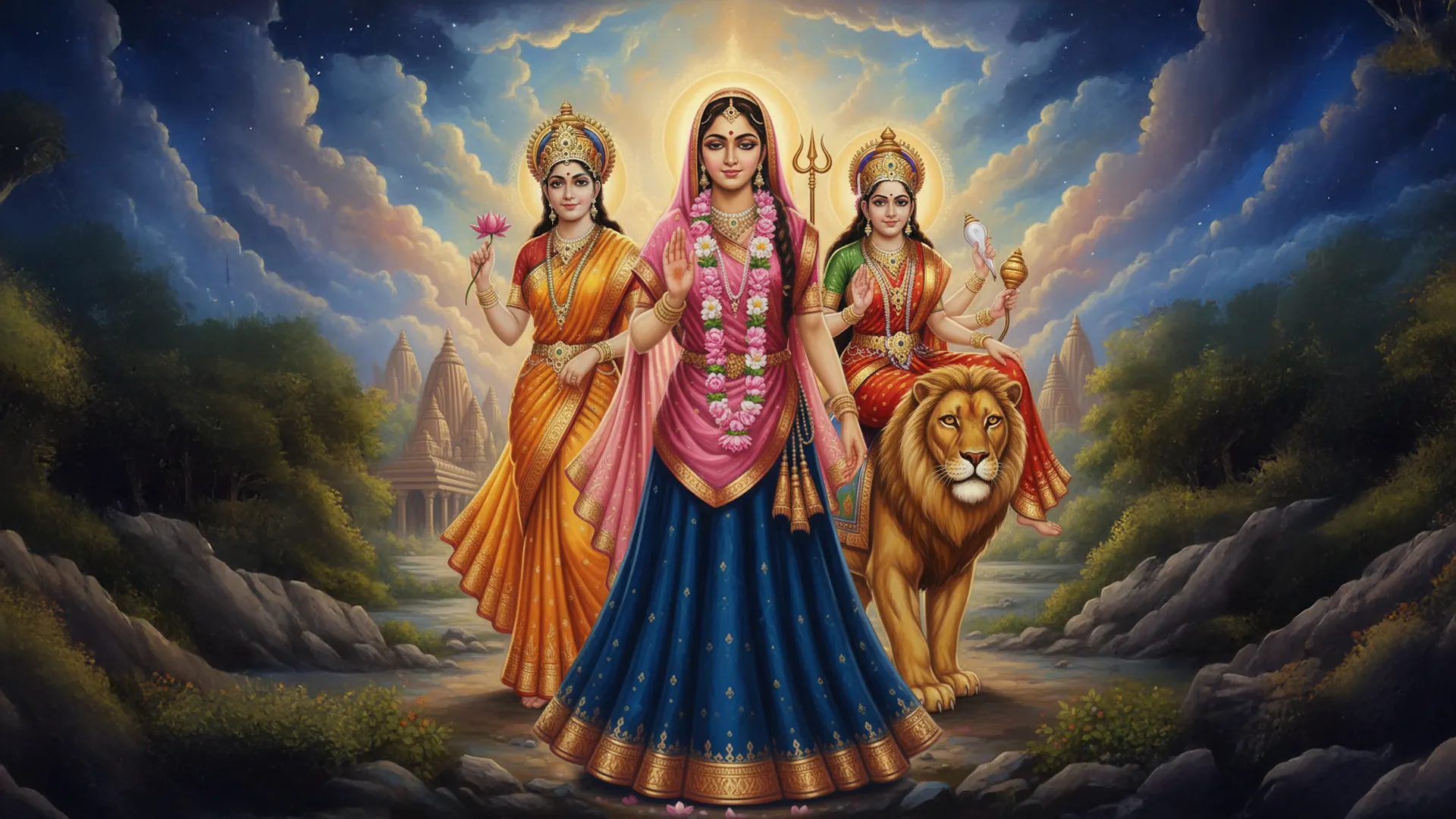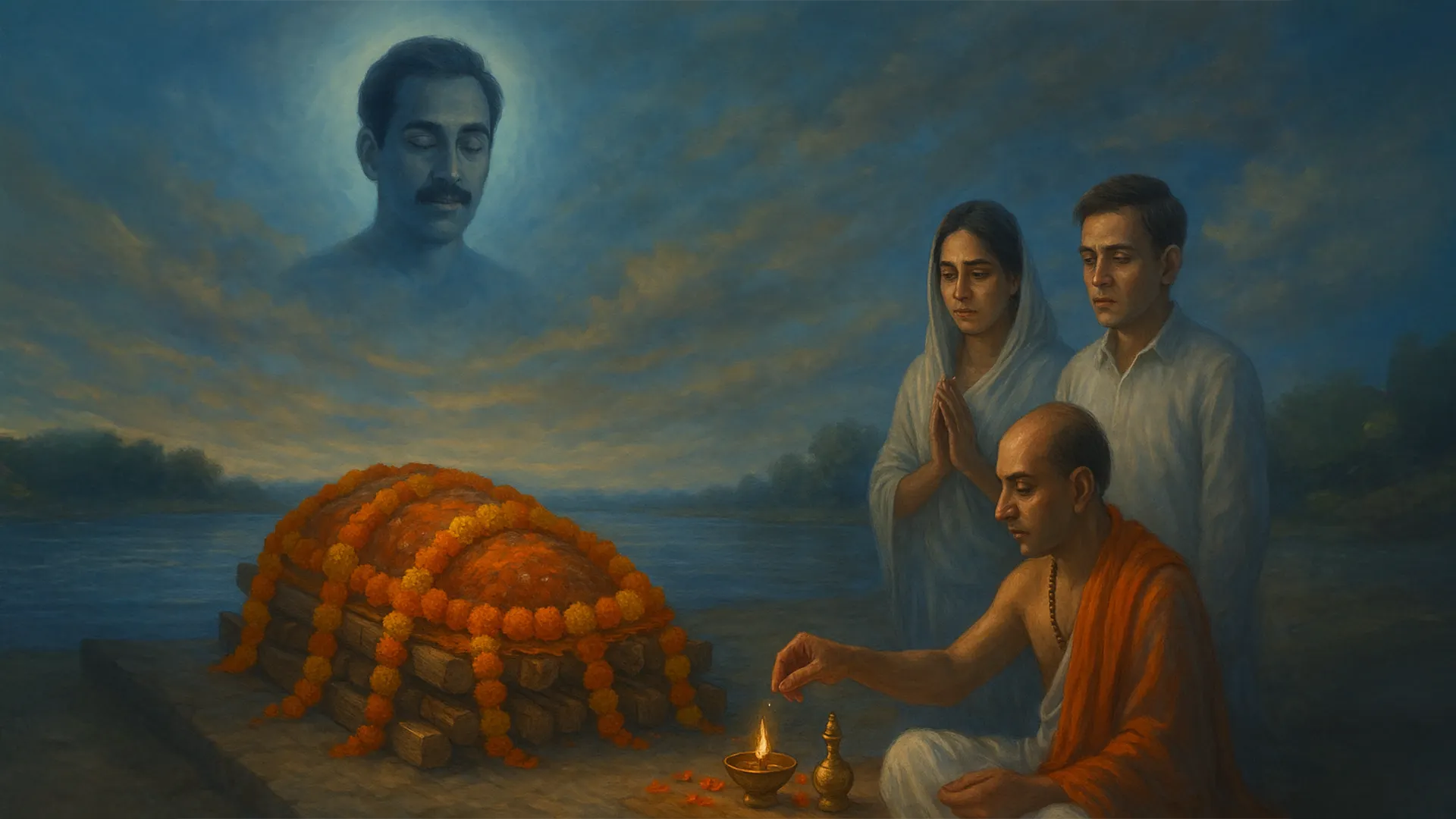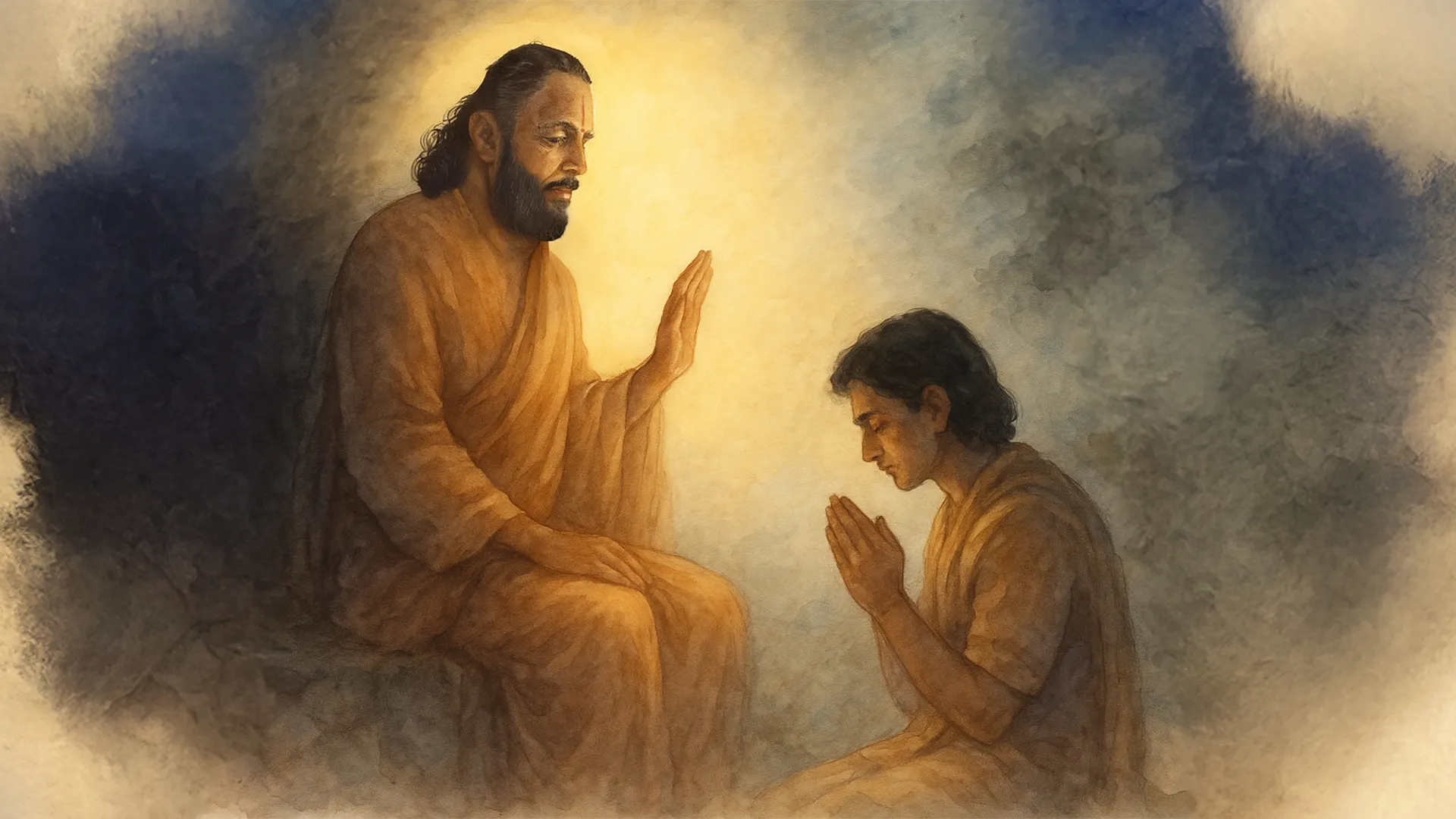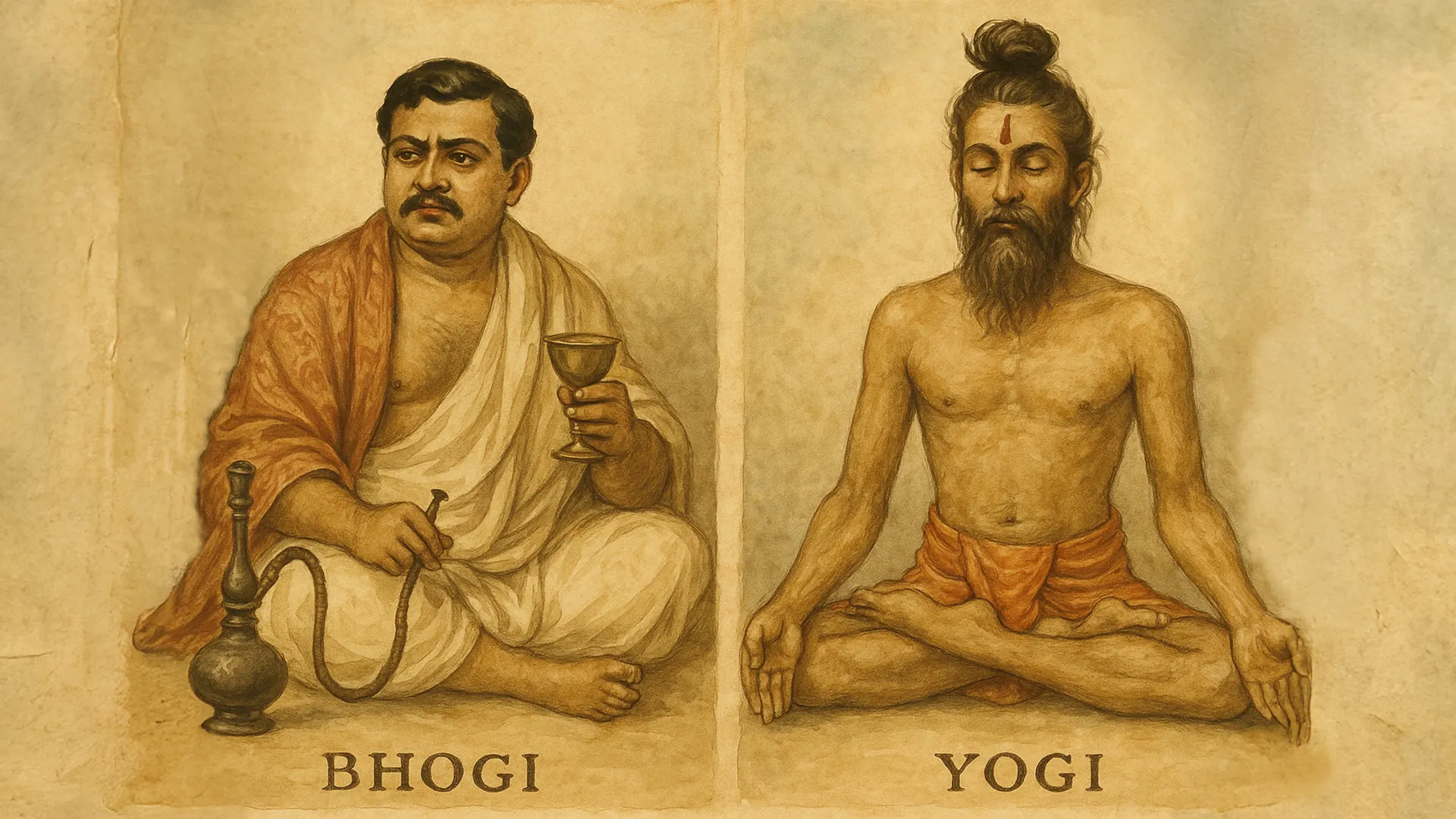The all-pervading Supreme Lord dwells in our hearts, playing hide-and-seek. If we discover Him, we can attain infinite, eternal bliss. However, our finite mind and intellect cannot realize him unless he graces us with His Divine wisdom. He does that on only one condition – nishkām prem (selfless love.) When Shree Krishna descended, He gave us that rare opportunity to fill our hearts and minds with selfless love.
We cannot count the Supreme Lord’s infinite avatārs (descensions/अवतार ) that are classified into four categories: Āveśhāvatār (आवेशावतार), Prābhavāvatār (प्राभवावतार), Vaibhavatār (वैभवावतार), and Parāvasthāvatār (परावस्थावतार). Shree Krishna is Parāvasthāvatār, and he manifested the highest bliss of devotion in his Personal Divine Form. Forgetting his almightiness, he became a son, friend, beloved, and more. He displayed amazing leelas, which became a basis for our bhakti(devotion).
Types of Bhakti: Awe and Reverence vs. Intimate Devotion
When we do devotion, we can have different relationships with God. There are two kinds of bhakti – aiśhwarya bhakti (ऐश्वर्य भक्ति) and mādhurya bhakti (माधुर्य भक्ति). Aiśhwarya bhakti is where we engage in devotion by contemplating upon the almighty aspect of God. The dominant sentiment in aiśhwarya bhakti is awe and reverence. In such devotion, we feel the need to maintain propriety of conduct.
The Divine Play: Shree Krishna's Manifestation in Bhakti
In Mādhurya bhakti, on the other hand, we feel the intimate personal relationship with God. Like the cowherd boys of Vrindavan, Yashoda and Nand baba, or the gopīs. Mādhurya bhakti is infinitely sweeter than aiśhwarya bhakti. Hence, Jagadguru Shree Kripaluji Maharaj states:
सबै सरस रस द्वारिका, मथुरा अरु ब्रज माहिँ
मधुर, मधुरतर, मधुरतम, रस ब्रजरस सम नाहिँ
sabai sarasa rasa dwārikā, mathurā aru braja māhiñ
madhura, madhuratara, madhuratama, rasa brajarasa sama nāhiñ
(Bhakti Śhatak Verse 70)
“The divine bliss of God is immensely sweet in all his forms. Yet, there is a gradation in it – the bliss of his Dwaraka pastimes is sweet, the bliss of his Mathura pastimes is sweeter, and the bliss of his Braj pastimes is the sweetest.”
In Mādhurya bhakti, forgetting the almightiness of God, devotees establish four kinds of relationships with Shree Krishna: Dāsya bhāv (as master, father or mother/दास्य भाव,) Sakhya bhāv (as friend/सख्य भाव,) Vātsalya bhāv (as child/वात्सल्य भाव,) and Mādhurya bhāv (as beloved/माधुर्य भाव)
Narad Ji's Puzzling Encounter: Divine or Human?
When Shree Krishna descended, he appeared in four-armed form first, and Devaki pleaded:
उपसंहर विश्वात्मन्नदो रूपमलौकिकम् ।
शङ्खचक्रगदापद्मश्रिया जुष्टं चतुर्भुजम् ॥
upasaṁhara viśvātmannado rūpam alaukikam
śaṅkha-cakra-gadā-padma-śriyā juṣṭaṁ catur-bhujam
(Shreemad Bhagavatam 10.3.30)
“O my Lord, you are the all-pervading Supreme Personality, and your transcendental four-armed form, holding a conch shell, disc, club, and lotus, is unnatural for this world. Please withdraw this form and become just like a natural human child.”
Thus, the Lord became Bal Gopal and began his pastimes in the house of Yashoda and Nand Baba. When Sage Narad learned that God had descended to earth in Dwapar Yug, he went to Nand Baba’s palace in Gokul to have His darshan. When Narad ji reached, what he witnessed there bewildered him. He saw a two-year-old boy tugging on to a middle-aged woman’s sari, crying, stamping and flailing his feet, and begging, “Maiya, take me into your lap.”
Narad ji, who had gone to have the darshan of God, wondered which one of them – the child or the woman – was God. The soul is the one that usually pleads and begs God, “O Lord, I have fallen into the deep, dark ocean of Maya; please grant me your support and take me into your lap.” Since the child was crying and pleading, Narad ji first thought he must be the soul and the woman must be God, but he remembered that God has descended in the male form. Once this thought came to him, shedding tears and contemplating how blessed Mother Yashoda was, he marvelled:
किम् ब्रूमस्त्वाम् यशोदे कति कति सुक्रतक्षेत्र व्रिन्दानि पूर्वम्
ग़त्वा कीहग्विधनैहि कति कति सुक्रितह् न्यर्जितनि त्वयैव
kim bruumastvaam yashode kathi kathi sukrati kshetre vrindani purvam,
Gatwaa kiihagvidhanaihi kati kati sukritah nyarjitani twayaiva
“Mother Yashoda, what spiritual practices did you do that God is yearning to come into your lap? What devotion did you do to attain this exalted position of being his mother?” Mother Yashoda was blessed to feed, bathe, and rock Him to sleep. The Purushotham (Supreme Divine Personality/पुरुषोत्तम,) who measured the three worlds with three steps in the Vamana avatar, allowed Yashoda to teach him how to walk. The Sarvavyaapak (All-Pervading Lord/सर्वव्यापक) allowed her to bind him with a rope!
The Spiritual Alchemy of Divine Virtues
By becoming one among us, the Supreme Lord revealed an easier path for us to do devotion. “Divine virtues emanate from God himself. He is perfectly just, truthful, compassionate, loving, and merciful. These qualities manifest in us when the mind is purified, and the purification of the mind happens when we attach it to the all-pure God,” elucidates Swami Mukundananda ji. So, take your mind to Shree Krishna’s glorious names, splendid form, sublime virtues, and delightful pastimes. His ocean of infinite bliss naturally purifies our hearts and bestows immense bliss. As Suta Muni advocates, our devotion should be: अहैतुक्यप्रतिहता ययात्मा सुप्रसीदति ahaituky apratihatā. (Shreemad Bhagavatam 1.2.6) “unmotivated and uninterrupted to completely satisfy the self.”
Janmashtami is around the corner, and it’s a beautiful opportunity to engage all your senses in the divine realm when you participate in the two-day, nectarous Janmashtami Mahotsav on a virtual platform. We extend a hearty welcome to the celebrations!


